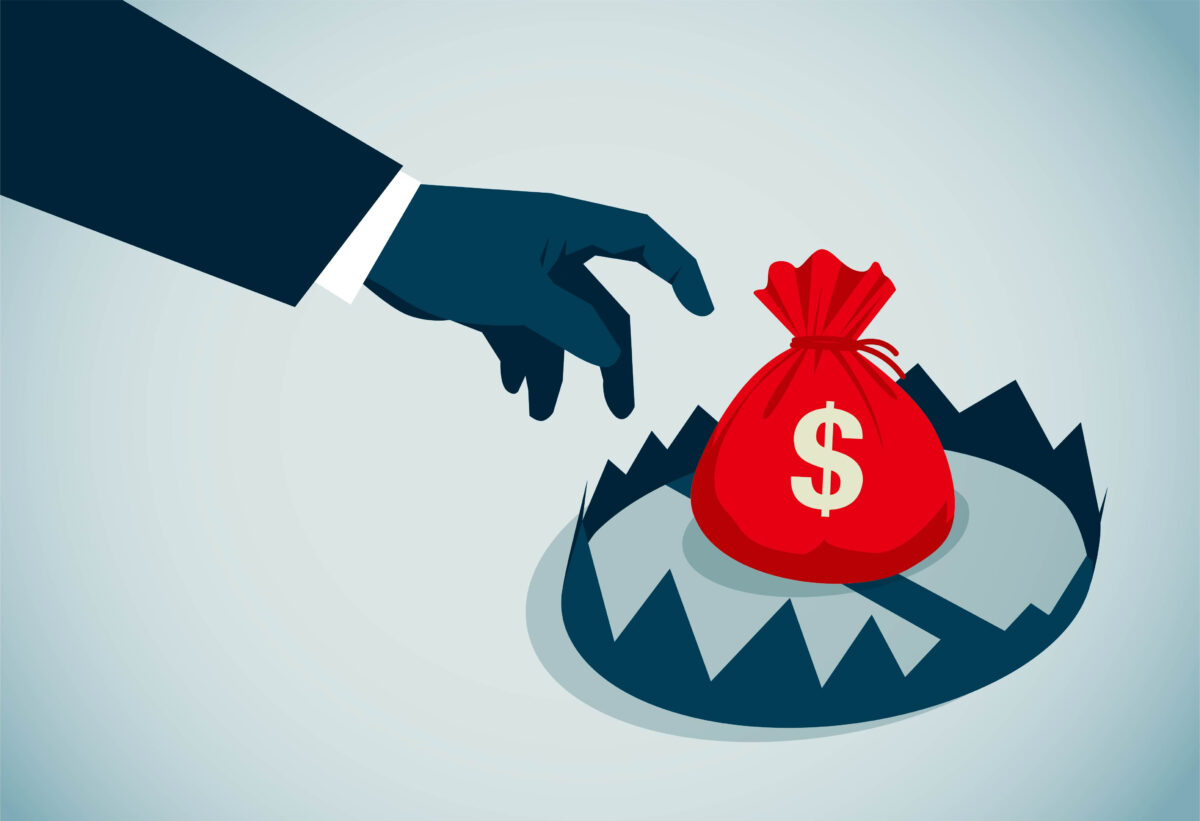To Catch Financial Rats, a Better Mousetrap
New tool helps reveal companies that might be using accounting tricks to cover up problems
Based on the research of Urooj Khan

Enron. Lehman Brothers. More recently, General Electric and Supermicro. During the past quarter century, a variety of high-profile companies have been caught cooking their books.
But they’re often not caught before they’ve cost investors billions of dollars. That’s why analysts have long tried to sniff out businesses that may be using questionable or flat-out illegal accounting tricks to hide poor performance.
New research from Urooj Khan, accounting professor and the Deloitte & Touche Centennial Faculty Fellow at Texas McCombs, proposes a new and more effective way to gauge companies’ “earnings quality.”
In analyses of corporate financial statements, Khan’s measure, known as earnings quality score (EQSCORE), proved superior to the best existing models at identifying companies engaged in possible accounting misconduct.
That’s because EQSCORE is more comprehensive, Khan says. It looks at a broader set of accounting red flags. It also considers issues with board governance — such as having an “insider” board chair who may be less impartial — and other problems uncovered by financial auditors.
“The motivation for this study was to bridge the gap between Wall Street’s approach to the discovery of earnings quality and its implementation in academia,” says Khan.
“This led us down the path of building a more comprehensive model of earnings quality. It encompasses a more wide-ranging view of the drivers of firm performance and determinants of financial reports.”
Flags for Fraud
To develop the model, Khan, with Venkat Peddireddy of China Europe International Business School and Shiva Rajgopal of Columbia University, scrutinized in-depth reports from a top private research firm. The reports, based on a wide variety of publicly available information, spotlighted specific companies engaged in possibly illegal or dubious financial reporting.
The researchers analyzed 613 reports to identify the metrics or “signals” the firm used to root out 230 companies. The vast majority were accounting-related, such as questionable revenue figures and profit margins. But they also included corporate governance and audit-related concerns.
Khan and his co-authors identified 51 red flags from the reports to serve as the basis for EQSCORE. Of those, 31 are accounting variables, eight are related to board characteristics, and 11 are audit-related variables.
To test EQSCORE against other models, the researchers applied it to another dataset of corporate bad actors: companies targeted by Securities and Exchange Commission enforcement actions.
Although the SEC sample doesn’t identify every case of suspect corporate accounting, it tends to catch the most blatant, Khan says. “Given its limited budget, the SEC selects cases with strong evidence of manipulation to bring an enforcement action.”
The researchers built EQSCORE using companies subjected to SEC enforcement from 2004 to 2009. They then assessed its power to predict a sample of companies that were subsequently charged by the SEC, from 2010 to 2016.
Compared with other scoring systems, theirs:
- Correctly predicted 71% of the companies’ accounting years investigated by the SEC. The second-place model was correct for only 55% of suspect years.
- Missed only 29% of years flagged by the SEC, compared with 45% for the next-best model.
Khan hopes that EQSCORE might pique the interest of the SEC, which began developing its own proprietary model in 2012 to detect fraud and accounting irregularities. It might also help private investors identify companies that are pushing legal accounting boundaries without clearly crossing them.
To demonstrate their tool’s potential for investors, the researchers built a stock market strategy around it. They simulated buying companies with low EQSCOREs and shorting those with high ones — placing bets that high-scored stocks would fall. The result for a seven-year period: average annual returns 7.8% higher than expected without the strategy.
Overall, Khan says, “We show that our EQSCORE improves upon existing approaches for predicting fraud. It’s useful for identifying firms that use aggressive accounting choices to misrepresent their true state, when their underlying business is deteriorating.”
“Earnings Quality on the Street” is published in Contemporary Accounting Research.
Story by Kiah Collier
About this Post
Share:


